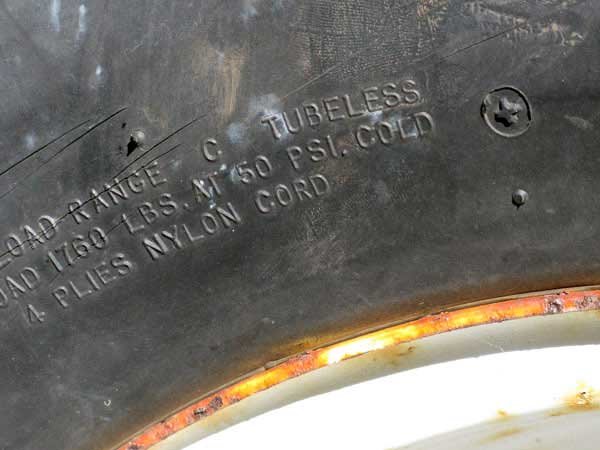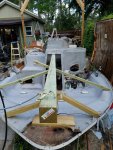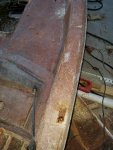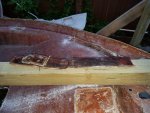well you can get 5k axles springs and stuff however i think any boat over 2k should have tandom with breaks 2k to 7k then triple axle for anything over 7k imho thats mainly because of tire loads i dont think i have seen a tire thats good for 2500 lbs on a trailer as quoted from another page...
To Magazine Home Page [h=1]11 Things To Know About Boat Trailer Tires[/h]
By Pat Piper
Tires aren't exciting, until something goes wrong. Then, tires become the topic of the day. Here are some tire basics so that your tires will always be, well, tiresome.
[h=2]Trailer Made[/h]
A tire's sidewall is where you learn everything: dimensions, capacities, age, and most important, purpose. A tire made for a boat trailer is going to have "ST" on the sidewall, or the words "Trailer Use Only." Unlike tires on your car, trailer tires have strengthened sidewalls to handle the weight of a boat, especially when rounding corners.
Trailer tires are either bias ply or radial. Bias-ply sidewalls are stiffer, less expensive than radials, and are preferred if the trailer isn't used for long trips. If you take long trips, then radials are a better choice because there's reduced heat buildup as compared to bias ply, greater load capacity, and less road noise. Use all bias ply or all radials; never mix them. [h=2]Inflation[/h]
Check inflation prior to going on the road when the tires are cold. The tire pressure measured in pounds per square inch (psi) will increase as the tire heats up when used. BoatUS TRAILER ASSIST service providers say tires are the main reason they're called to help members experiencing trouble on the road. Under inflation is the cause of most tire trouble because temperatures increase when the tire pressure is too low. So, check inflation prior to going on the road. It's marked on your tire. Remember, boat trailer tires typically need to be inflated to higher psi than tow vehicle tires. And be sure to also check the psi of the spare tire. [h=2]Load Range[/h]

Every tire has a load range, and trailer tires are no different. Marked on the sidewall, the load range runs from the lightest weight the tire can carry (Load Range B) to the heaviest (Load Range E). Load range is a measure of an individual tire's maximum capacity to carry a boat and trailer. Most boat trailer tires have a load range of B, C, or D. If a tire has load range C, it can carry 1,820 pounds. If it's on a single-axle trailer, this means both tires can carry a total of 3,640 pounds, which includes the weight of the trailer, the boat, the engine, fuel, and anything else inside the boat. Single-axle trailers can carry 100 percent of the load rating. Double-axle trailers require the load be reduced by 12 percent. As load range increases, psi increases.




































